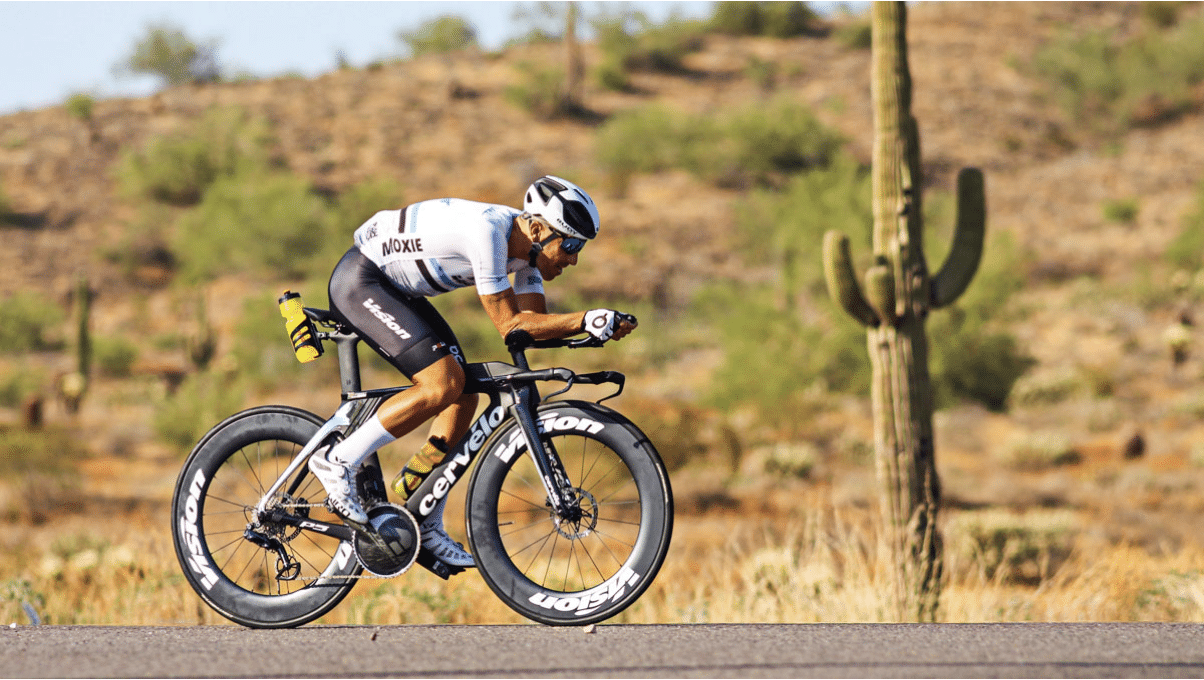If you compare running or any sports that don’t involve water with cycling in a heatwave, cycling is definitely the most pleasurable out of the bunch, as the higher speeds that you’ll be travelling at will provide a kind of cooling blanket of air over you.
You do need to be careful though because this windchill that you’ll be getting can distract you from how your body is actually feeling or going through. This is why it is so important to make sure you are hydrated, especially on the hotter days in summer, because your body may think that it is cool but the sun is still there and beating down on you.
So, within this article you’ll get some of the best tips to stay hydrated and fuelled up during your bike rides in a hot environment, as well as some more practical tips that you can implement in order to stay safe when the sun’s out.
1. Hydrate
As you may already know, the health dangers that revolve around dehydration are very clear and serious, and will also impact the sort of performance that you are capable of. When you are dehydrated, you’ll experience your body sending more blood to your skin in order to release heat instead of going to your muscles to give you oxygen and nutrients.
As a result of this you’ll then have a lower power output, higher heart rate and breathing rates and your brain could even suffer a drop in neurotransmitters, which will essentially lead to you being fatigued. A trick that you can implement before embarking on a long, hot or really hard ride, in order to improve your performance quite a lot, is to drink a strong electrolyte drink beforehand in order to optimise your hydration status
2. Prevent Sunburn
Another thing that sneaks up on a lot of people who are unaware of some of the dangers of cycling in the heat, is the radiation that you’ll get from exposure to the sun on your rides. Yes, a lot of riders do put some sunscreen on before they go out, however this isn’t a permanent shield that’ll make you invincible against the sun.
Usually, by doing this, you’ll get a two-hour barrier against it, but you’ll definitely need to have a bottle handy so that you can reapply, if you are planning to ride in the sun for any time longer than this.
3. Acclimatise on the Turbo
The technique of heat acclimatisation is very useful if you are training for an event that is somewhere hot, since it will teach your body to sweat. What this is is basically just building up your body’s tolerance to the heat, and you will even be able to do this indoors at lower intensities if you want to.
So, what you can do, if you are on a turbo trainer, is turn off the fan or shut any windows in order to become more comfortable in hotter conditions and you’ll see your body gradually improve its tolerance.
What’s more is, if you do have a turbo trainer, you’ll also be able to practise your new hydration strategy and feel exactly how it feels in a more controlled environment without other factors to worry about.
If you are someone that doesn’t have access to a turbo trainer or anything that you can use to ride indoors, you can still practise this technique outdoors, by just wearing more layers when you are cycling outdoors to force yourself to feel hotter.
4. Use Liquids And Semi-Solids As Fuel
When you are riding in hotter weather, you may also experience that it upsets your digestion because it reduces your blood flow to the gastrointestinal tract. Or, if you are dehydrated it can also worsen your ability to transport any nutrients through your intestine lining.
Furthermore, heat will also lower your appetite, so it is in your best interest to try and have liquids or semi-solids with you, such as energy gels, instead.
5. Wear Cool Clothing
The kit that you wear on your body during the summer time, or any hot period for that matter, is just as important as having the right gear for riding in the cold. This also includes your helmet, which should have a lot of vents on it to keep your head cool, as well as a great pair of cycling sunglasses, in order to keep the harmful UV rays out of your face.
You’ll want to try and get a cycling jersey that has mesh panels in it in order to get a much better overall ventilation throughout your body, but when you do have this you’ll need to be more careful of sunburn as your skin will be more exposed to the sun’s rays. Choosing light coloured clothing is always a good idea as it will reflect the heat from the sun better, however there are some exceptions, such as the textile called Coldblack that reflects the sun to prevent any sort of heat build up.
6. Be Aware Of The Conditions You’re Riding In
Although you may already know that you were going to ride in hot weather, it is important to still have this information at the back of your mind whilst out on that ride. This is because black strips of tarmac can absorb this heat from the sun and during the day it can easily reach very high temperatures of 50-80 degrees celsius. So, definitely be careful out on the roads when the temperature outside is high.
Final Words
There you have some of the best tips that you should try and implement into your riding journeys when the temperature is extra high. These tips won’t only make these bike rides a lot more comfortable for you, but they can also boost your performance and allow you to push yourself a lot harder, whilst still being safe.

